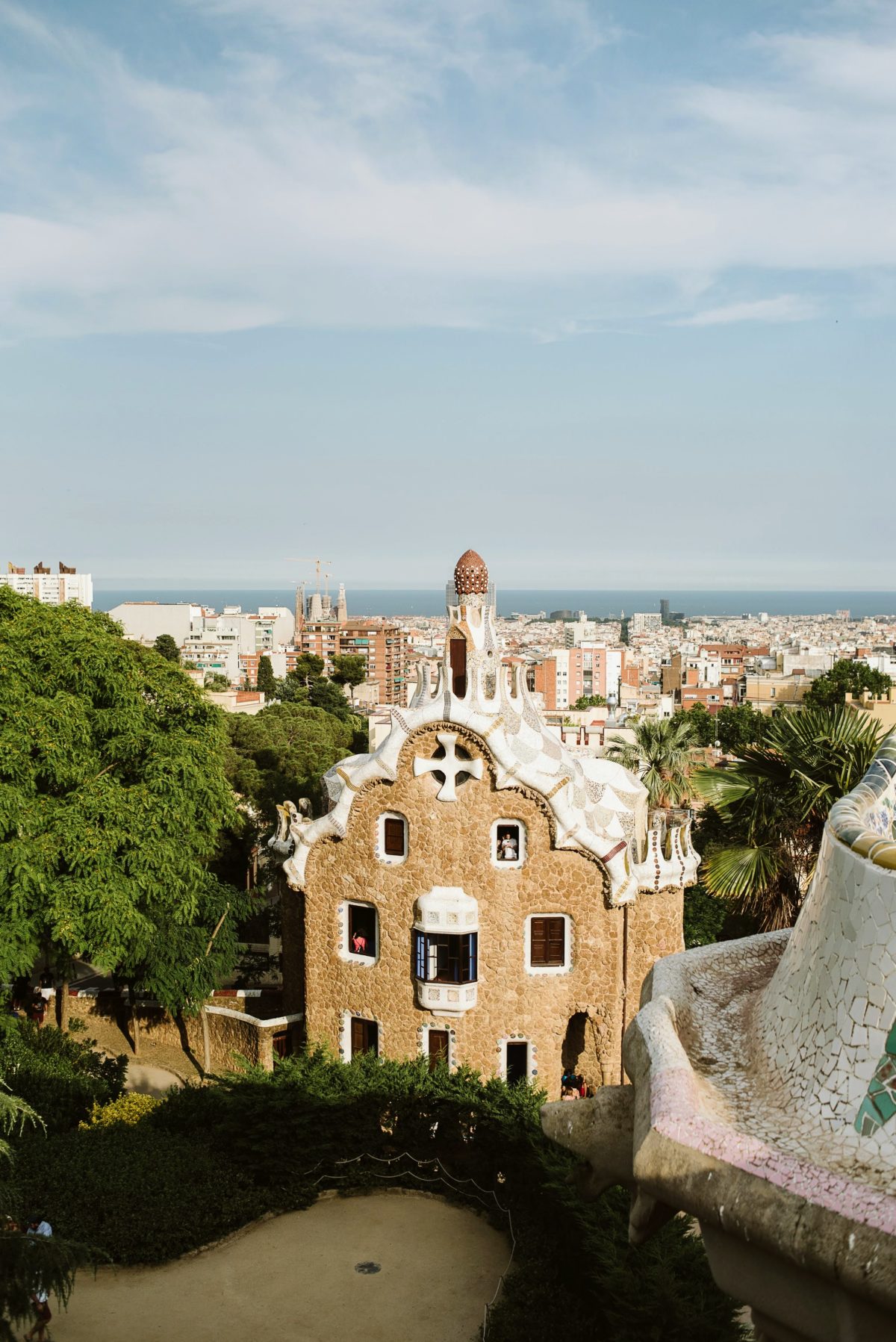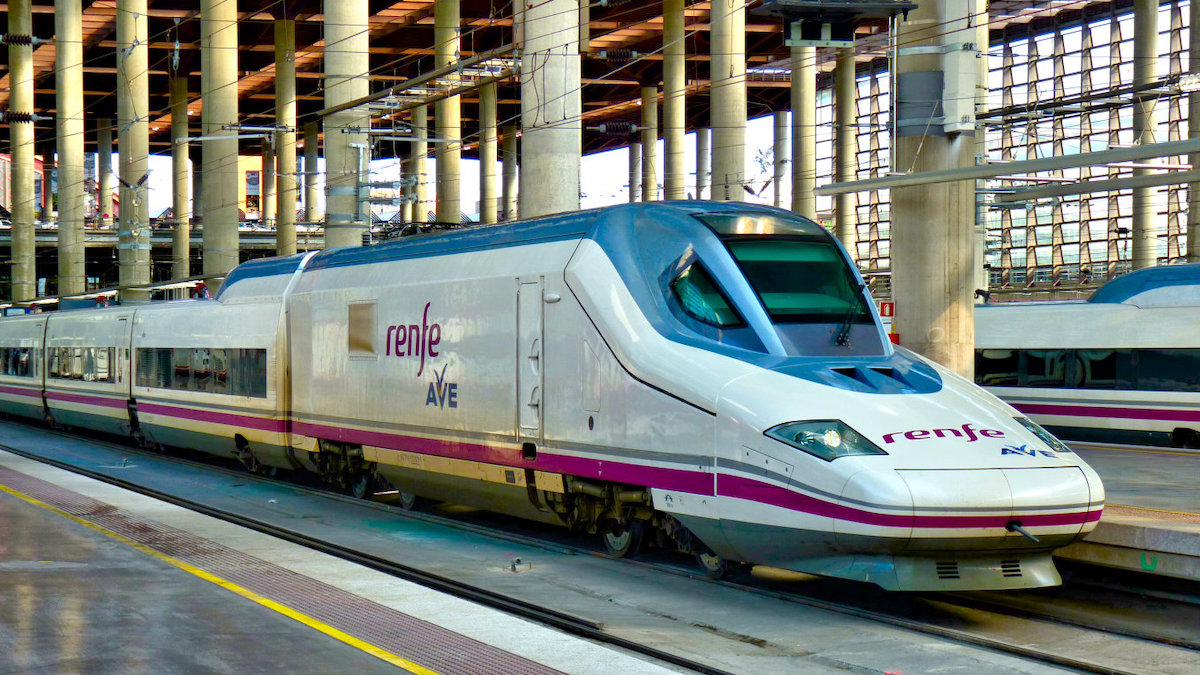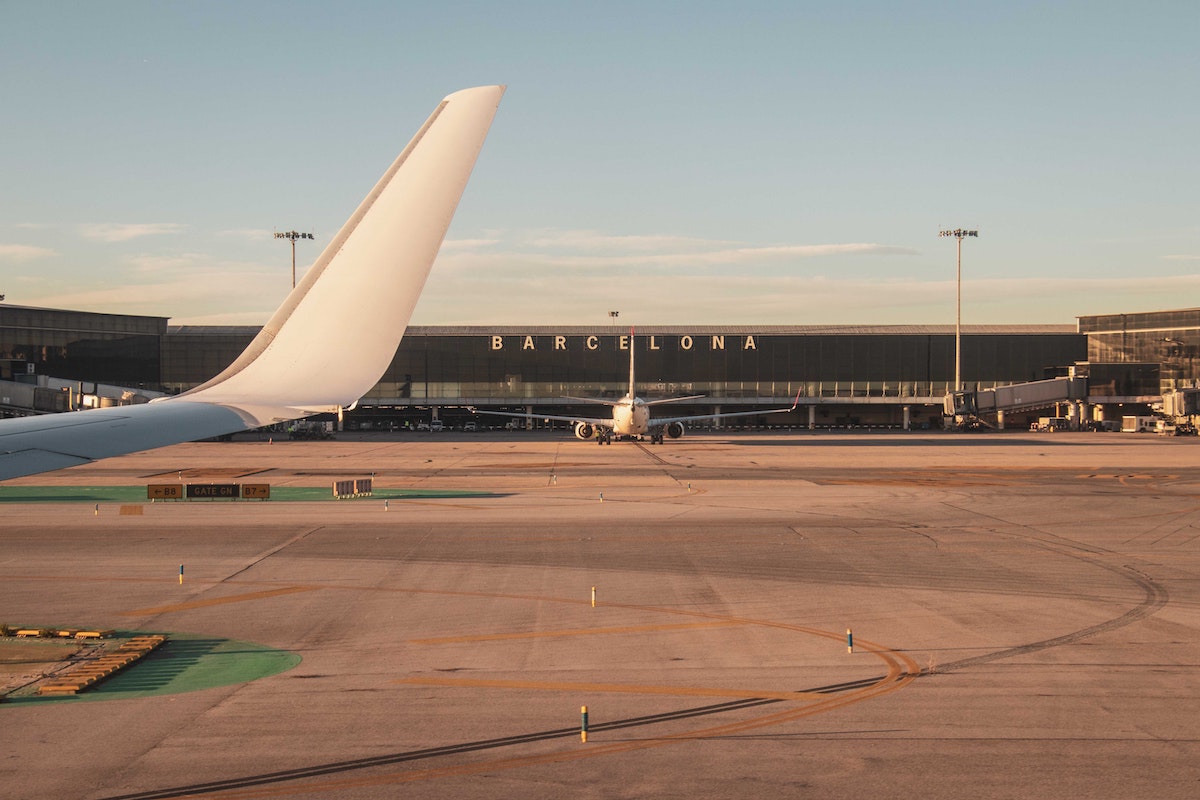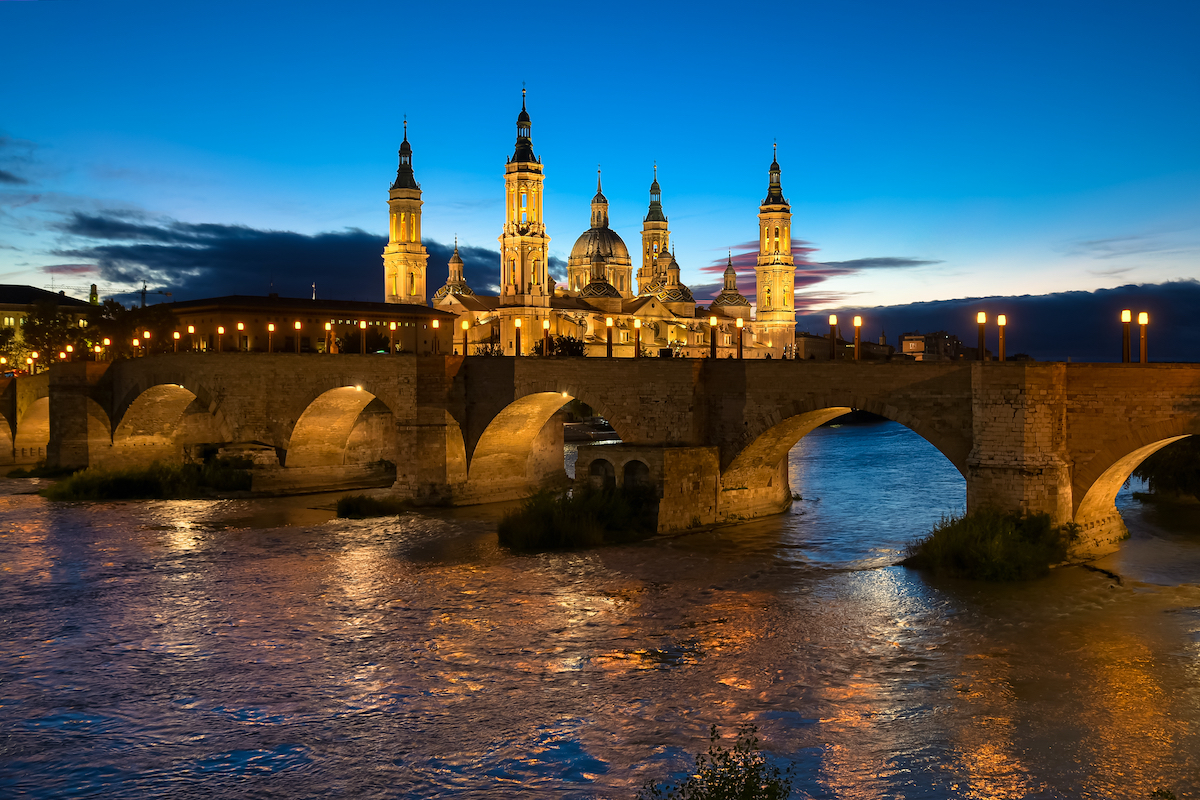Last Updated on October 16, 2015 by Devour Tours | Published: October 16, 2015
What could be more fun that a few days in Madrid? A few days in Madrid AND a few days in Barcelona. Both are among Spain’s most iconic cities, and each is well worth your time.
First order of business: figuring out how to travel from Madrid to Barcelona.

You’ve ogled the Royal Palace, checked out Guernica at the Reina Sofia museum and strolled through the Plaza Mayor. Now it’s time to discover the Catalan capital.
Barcelona is one of the world’s most popular destinations, and for good reason! Home to whimsical architecture, several gorgeous beaches, and a thriving local food culture, it is a must on any curious traveler’s Spain itinerary.
To help made this journey easier, we’ve put together the best tips for planes, trains and automobiles to make your journey from Madrid to Barcelona hassle free!
1. Madrid to Barcelona by Train
Your first option for reaching the Ciudad Condal from the Spanish capital: Spain’s excellent rail system.
The train journey from Madrid to Barcelona takes only two and half hours. The route utilizes the AVE, or high-speed train, which departs from Madrid’s largest and most central train station, Atocha.
This is perhaps the easiest and most comfortable choice to travel from Madrid to Barcelona, and there are frequent trains throughout the day. Ticket prices range from €45–130 for a one-way journey, with the cheapest trips being early in the morning and later at night. As with all train travel in Spain, tickets tend to be less expensive when purchased as part of a return trip.
AVE trains are comfortable and modern and allow you to watch the countryside side speed by. You’ll arrive at the Barcelona Sants train station, which is well connected to other parts of the city—so you’ll be off sightseeing in no time.

2. Flights from Madrid to Barcelona
The Puente Aéreo, or Air Bridge from Madrid to Barcelona is another popular option. A number of companies, including several low-cost operators, fly frequently between the two cities.
However, the most convenient option for this method of travel from Madrid to Barcelona is Iberia Airlines’ Air Shuttle. Operating nearly 30 flights per day between the two cities, this option gives you the flexibility to choose a flight at the time of your choice, or purchase an open ticket that allows you a seat on any available flight. There are even exclusive security controls and check-in services specifically for the shuttle at the Madrid airport due to its popularity.
Prices for the air shuttle can vary depending on which type of ticket you purchase. The more flexible open ticket may set you back upwards of €200, whereas choosing a specific flight time tends to be cheaper. If you go for the latter option, you can find many flights in the €50–60 range when purchasing a one-way ticket.
The flight from Madrid to Barcelona lasts about one hour and 20 minutes. Once at the Barcelona airport, you can take a train, bus or taxi into the city center (about 25 minutes, depending on the time of day).

3. Driving from Madrid to Barcelona
If you have the time, one of the most fun ways to travel from Madrid to Barcelona is to make a road trip of it!
You can rent a car either at the airport or in central Madrid. The drive from Madrid to Barcelona takes about six hours and 15 minutes on an easy-to-navigate main highway. Be sure to have cash ready to pay tolls, or you can use a credit card (keep in mind that many toll roads only accept chip-and-PIN cards).
Along the way, consider stopping for lunch in beautiful Zaragoza to enjoy the city’s famous roasted lamb, ternasco. Another lovely option is to drive to the coast and stop in Valencia for paella or fideuà (a paella-style dish made with pasta instead of rice), then head north to Barcelona.

4. Madrid to Barcelona by Bus
Last but not least, one final option is to travel from Madrid to Barcelona by bus. Spain’s national bus company, Alsa, offers several buses per day between the two cities. Buses depart from a number of locations in Madrid, including Estación Sur, Avenida de América, and even terminal T4 at the airport.
The bus journey to Madrid takes seven and a half to eight hours. Tickets start at just €9 but can go up to €30 one way, depending on how much flexibility you want. Once in Barcelona, the buses arrive at the Sants station.
Travel from Madrid to Barcelona FAQs
That depends on what kind of experience you’re looking to have! The train is a good option for both speed and price, the air shuttle offers flexibility with travel times, and the bus is the cheapest. Driving is also a good option if you have the time, and allows you to go at your own pace and choose your own route.
The bus is the least expensive travel option from Madrid to Barcelona. Tickets start at less than €10 for a one-way trip. However, keep in mind that the cheapest tickets offer less flexibility in terms of changing or canceling your trip if need be.
A one-way train ticket from Madrid to Barcelona ranges from around €45–130. The cheapest journeys tend to be early in the morning and later in the evening, with peak afternoon times being the most expensive.
Update Notice: This post was originally published on October 16, 2015 and was updated with new text and photos on June 3, 2021.









Good tips!
You missed the bus option, though. It will be much slower (around 7.5h), but it can also be much cheaper. And if you take a night bus, you don’t “waste time” and save one hotel-night. Not a bad deal for low-budget travellers. 😉
In Travelinho.com we have developed a travel search engine that compares all transport modes in just one view. This can be very convenient to avoid missing any interesting option. Feel free to visit it at http://www.travelinho.com
Great tip!
Nice blog. It’s very informative topic. Thanks!
Pretty! This has been an incredibly wonderful post.
Many thanks for providing this info.
Thanks for this. I visited Spain for the first time in January 2020, travelling from Barcelona to Madrid, Cordoba, Seville and Granada using Renfe. I had no problems pre-booking tickets from Australia. The service is excellent, the trains comfortable and the service efficient. We flew back to Barcelona from Granada and was impressed by the pilot’s ability to safely land during storm Gloria, with incredible and slightly terrifying cross winds. Overall, Spain has great transport options between major centres as well as superb metros (particularly Madrid) and bus systems locally. I could write for hours about how much I loved the country and people, but that would be off topic.
Thans for reading, Grahame—it sounds like you had a wonderful trip to Spain earlier this year! Getting around the country certainly is easy, efficient and affordable thanks to the vast public transportation network.